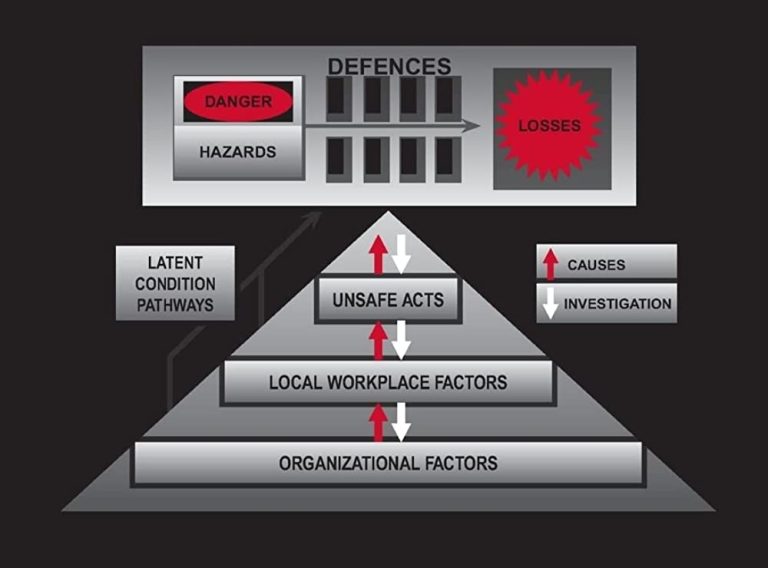Safety Management System: Key Lessons and Best Practices
In the high-stakes world of aviation, understanding and managing human error isn’t just an academic exercise—it’s a matter of life and death. This comprehensive guide explores the critical aspects of implementing a robust Safety Management System (SMS) with a focus on human factors, drawing from decades of industry experience and lessons learned.
Introduction: The Human Element in Aviation Safety
Aviation safety has evolved tremendously since the Wright brothers’ first flight, yet one constant remains: the human factor. Despite technological advances, human error continues to be a significant contributor to aviation incidents and accidents. Understanding this reality is the first step toward building effective safety systems.
Establishing Clarity and Purpose
Clear objectives are the foundation of a successful SMS. The system must:
The objective is not to eradicate human error, as that is unattainable, but to develop resilient systems capable of detecting, containing, and mitigating its consequences. Your Safety Management System (SMS) should establish specific, measurable objectives that acknowledge this reality while upholding ambitious safety standards.
Role Clarity and Ownership
Safety isn’t a department—it’s everyone’s responsibility. However, clear ownership of safety processes is crucial. This means:
Organizations must establish clear lines of responsibility without creating silos. Each role, from maintenance technicians to senior management, should understand their specific safety responsibilities and how they contribute to the larger system.
Understanding Business Reality
Safety management doesn’t exist in a vacuum. A practical SMS must acknowledge and work within:
This understanding helps create sustainable safety practices that enhance rather than hinder operational efficiency. The best safety solutions are those that align with business objectives while maintaining unwavering commitment to safety standards.
Building Robust Foundations
A strong SMS requires:
Modern aviation safety depends on systematic approaches to risk management. This means moving beyond reactive measures to implement proactive and predictive safety strategies.
Critical Thinking and Approach
Effective safety management requires:
The ability to think critically about safety issues, challenge assumptions, and adapt to new information is crucial. This includes recognizing cognitive biases that can affect decision-making in safety-critical situations.
Cultural Influence
Safety culture is the bedrock of effective SMS implementation. Key aspects include:
The most sophisticated safety systems will fail without a supportive organizational culture. Leadership must actively demonstrate their commitment to safety through both words and actions.
Clear Communication
Communication in safety management must be:
Poor communication can undermine even the best-designed safety systems. Organizations need structured approaches to ensure critical safety information flows effectively in all directions.
Human Fallibility
Accepting human fallibility means:
Understanding human limitations allows organizations to design systems that support rather than fight against human nature. This includes acknowledging that errors will occur and building in appropriate safeguards.
Self-Reflection and Continuous Improvement
An effective SMS requires:
The aviation industry’s impressive safety record comes from its commitment to learning from every incident, near miss, and observation. This commitment to continuous improvement must be maintained and strengthened.
Conclusion
Implementing an effective SMS with a focus on human factors is a complex but essential undertaking. Success requires a balanced approach that combines systematic processes with an understanding of human nature. Organizations that get this right create resilient systems capable of maintaining safety even as aviation continues to evolve.
Remember: safety is not a destination but a journey of continuous improvement. The key is to remain vigilant, adaptable, and committed to learning from both successes and failures.



